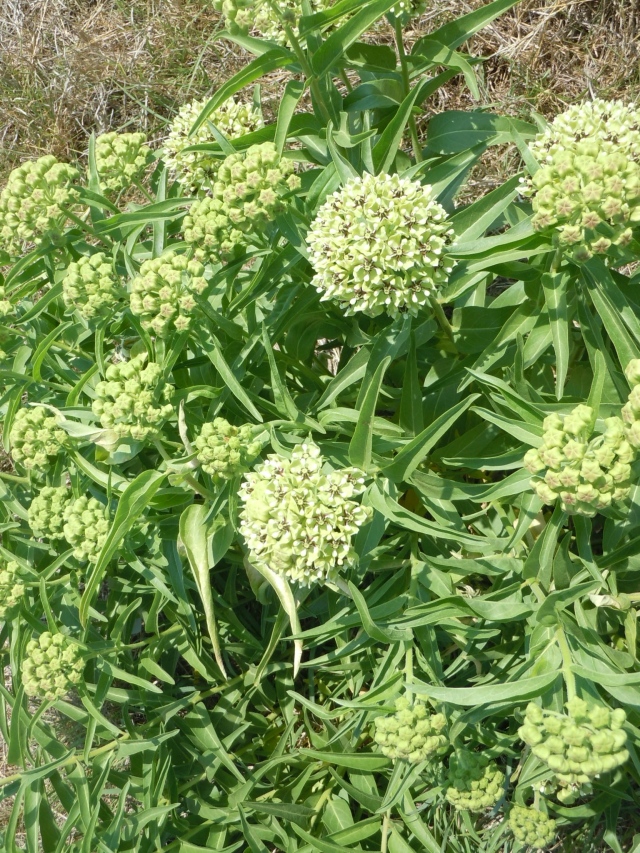“Texas is key,” says Monarch Watch founder Dr. Chip Taylor. “PLANT MILKWEED!”
Monarch Watch released its annual Monarch Population Status report authored by its founder Dr. Chip Taylor of the University of Kansas at Lawrence last week. As we suspected and witnessed firsthand, the news was not good.
Dr. Taylor wrote that even though the population doubled from last year—450 million were estimated at the ancestral roosting spot in Michoacan, Mexico—a perfect storm of bad weather made for inhospitable conditions for the first generation of Monarch visitors that usually grace our state each spring and fall.
Taylor told us last year how important Texas is to the Monarch butterfly migration, and reiterated the point: “As you’ve heard from me before, Texas is key. For the monarchs to have a good year, the conditions in Texas for the first generation have to be favorable.”
But UNfavorable conditions prevailed. Even though native milkweeds appeared along roadsides and streams, and in gardens this spring, inspections for caterpillars yielded an unusually small cache. Why?
Cold weather, raging wildfires, ongoing drought, and extreme winds appear to have kept Monarch butterflies away. Taylor suggests much of the migrating Monarch butterfly population skipped Texas and these inhospitable conditions. Instead, they continued flying in search of more friendly weather and host plants where eggs could be safely laid and guaranteed a food supply after hatching into caterpillars.
But upon arriving further north, the story was not much better. The brutal winter 0f 2011 made for a late spring–and late developing milkweed. In April, citizen scientists posted pictures of immature milkweed stalks peeking from the earth in Oklahoma and the Midwest on the Monarch Watch Facebook page. The baby plants were covered with Monarch butterfly eggs. Sandra Schwinn of Broken Arrow, Oklahoma, posted the photo below of a teeny milkweed stalk with 21 eggs on it. What would all those caterpillars eat once they hatched? The milkweed just wasn’t ready yet. Timing seems to be working against the Monarch butterflies this year.
“At this writing – 26 April – it appears that most of this early reproduction won’t be successful,” wrote Taylor. “We can’t do anything about the physical conditions that drive the monarch population but we can provide the milkweed and nectar resources they need – PLANT MILKWEED!”
That’s a call to action for Texas gardeners.
For details on milkweed species appropriate for Central and South Texas, check out our Milkweed Guide. Dr. Taylor’s Monarch Population Status report is available here.


